Rabindranath, protest, and contested legacies
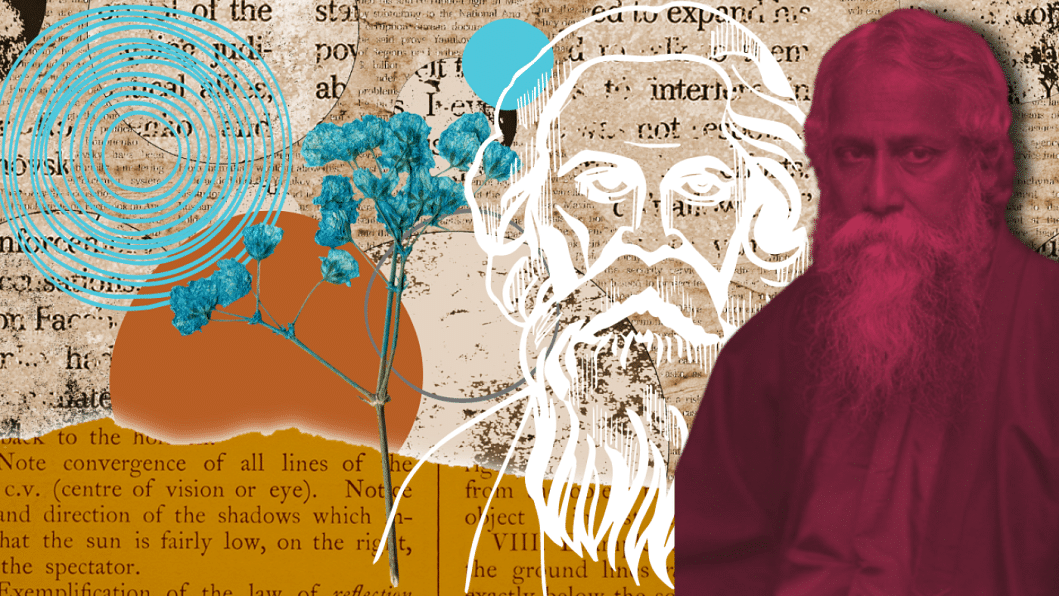
On February 14, 2023, a group of students from Dhaka University's Institute of Fine Arts (Charukola) placed a statue of Rabindranath Tagore with his mouth taped shut, holding a copy of his Nobel-winning book Gitanjali with a nail driven through it, as a protest against censorship and the perceived decline of freedom of expression in Bangladesh. Two days later, it went missing. At first, it wasn't clear who had taken it. A banner appeared at the site reading: "Gum hoye gechhen Rabindranath (Rabindranath has been disappeared)," a pointed reference to cases of alleged state-sponsored disappearances in recent times.
Then, Dhaka University officials announced they had removed the statue because, in their view, it distorted Rabindranath's figure and was substandard as a work of art. They stated they were investigating who had placed it there in the first place. The next day, the head and body of the statue showed up desecrated and damaged in different parts of Suhrawardy Udyan, a nearby park. Some students glued the pieces back together and reinstalled it at its original location, accompanied by two signs: "Tomar pujaar chhole tomay bhulei thaaki (In pretence of prayer, we remain oblivious of you)," a line from one of his songs, and "Digital nirapotta ain batil ebong shob dhoroner censorship bondho koro (Scrap the Digital Security Act and end all kinds of censorship)." Although a relatively minor event in the overall scheme of Bangladeshi politics, this display of Rabindranath's statue as protest art on the Dhaka University campus drew attention, I suggest, to the various tensions surrounding secular politics in Bangladesh.
Why was Rabindranath's distorted figure displayed as a protest in the first place, particularly when he and his works faced no direct threat, even from the state being accused of curtailing freedom of speech? Why did Gitanjali have a nail driven through it, at a time when it was generally understood among the literati as a seminal text representing Bangla literature?
Even before such questions could be fully articulated, the statue was "taken away"—almost like clockwork, seemingly demonstrating the very limits of political expression being protested. The removal raised yet another set of questions. Who decides what constitutes art? Did the display violate university rules regarding public installations? Why did the authorities apparently destroy it and dump it in Suhrawardy Udyan, instead of simply storing it somewhere? If it truly violated university rules, how was the repaired statue allowed to remain in place afterwards?
Even as one might critique the specific use of Rabindranath's statue as a symbol of protest, there is a grain of truth in the signboard that read, "Tomar pujaar chhole tomay bhulei thaaki." As Dutta and Robinson, who authored the book The Myriad-Minded Man, noted, Rabindranath is intensely revered almost like a deity—his songs and plays are performed routinely at major events. But it remains unclear whether he has actually been accepted or even fully understood by the masses.
While his works are certainly popular, he is often deemed equally incomprehensible, in no small part because of the formal, stylised, or perceived "difficult" Bangla that characterises much of Rabindranath's prose and poetry. Dutta and Robinson's words ring true again: "He is found everywhere in Bengali life—and yet he is lost." As part of a research project on Rabindra-practice in Bangladesh, I have been speaking to people in different parts of the country. I have found this admission of incomprehensibility to be quite common, astutely captured in one of my interlocutor's anecdotes: "Once we were playing Rabindra Sangeet on our cassette player during my sister's wedding preparations," he shared. "After a while, my mother said, 'Play some Bangla music'—that is how different Rabindrik Bangla can seem from colloquial Bangla."
Nevertheless, Rabindranath remains a significant figure in Bangladesh. A Bangalee polymath and Nobel Prize-winning poet, Rabindranath played a crucial role in shaping the nationalist movement in the anti-British struggle and in Bangladesh during the 1950s and 1960s. His poems and songs, filled with themes of love, spirituality, and freedom, inspired Bangalees of East Pakistan and contributed to demand self-determination. Even though Bangladesh came into existence well after Rabindranath's death, anyone familiar with Bangladesh and its culture knows how important his poems and songs are in celebrating our heritage.
There is a historical reason for this. Rabindra Sangeet—songs of Rabindranath—symbolised resistance in erstwhile East Pakistan when the Pakistani military government banned its performance in the 1960s. The ban turned Rabindra Sangeet, and Rabindranath himself, into subversive symbols. At the height of the nationalist movement, Rabindra Sangeet, along with the works of other poets like Nazrul, became a popular expression of national self-determination on public platforms, with songs like "O Amar Desher Mati (Oh, the soil of my country)," "Badh Bhenge Dao (Break down the walls)," and, of course, "Amar Sonar Bangla (My Golden Bengal)." These public performances reinforced the idea of a secular Bangalee nationalism deemed appropriate for Bangladesh. "Amar Sonar Bangla" became a powerful symbol during the independence struggle and was adopted as the national anthem of independent Bangladesh in 1971.
East Bengal was also a site of possibilities for Rabindranath. As Poulomi Saha writes, "Within Tagore's trenchant critique of nationalism, there appears a call to conceive of a Swadesh, a country of one's own, that is a practice of non-sovereign self-making; this locally rooted global form harks back to East Bengal as site of poetic, ideological, and material possibility. The site of Tagore's ancestral landholdings, rural East Bengal remains at the fore of Tagore's conception of home and the politics of its postcolonial possibility."
The "owning" of Rabindranath during Bangladesh's independence struggle relied on these historical connections. It might not be far-fetched to suggest that the political elite felt they were realising the possibilities that Rabindranath could only imagine. His birth anniversary offers an occasion to consider the degree to which this "site of possibilities" has lived up to its progressive potential.
Critical in this examination is not whether the people of Bangladesh have followed his writings to the letter, but rather whether his spirit of breaking free from dogma and strict rules, albeit often in quiet ways, has served as an inspiration in the continuous fight for a democratic Bangladesh.
Dr Navine Murshid is a professor of political science and the author of India's Bangladesh Problem: The Marginalization of Bengali Muslims in Neoliberal Times (Cambridge University Press, 2023) and The Politics of Refugees in South Asia (Routledge, 2013).
Views expressed in this article are the author's own.
Follow The Daily Star Opinion on Facebook for the latest opinions, commentaries and analyses by experts and professionals. To contribute your article or letter to The Daily Star Opinion, see our guidelines for submission.

 For all latest news, follow The Daily Star's Google News channel.
For all latest news, follow The Daily Star's Google News channel. 

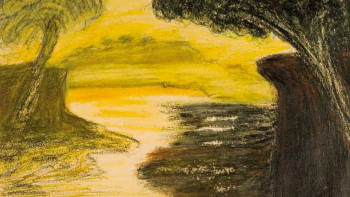



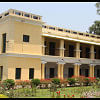

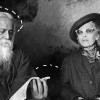


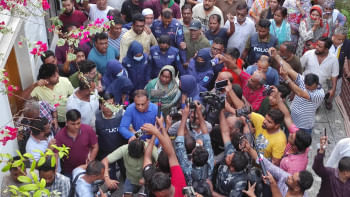
Comments